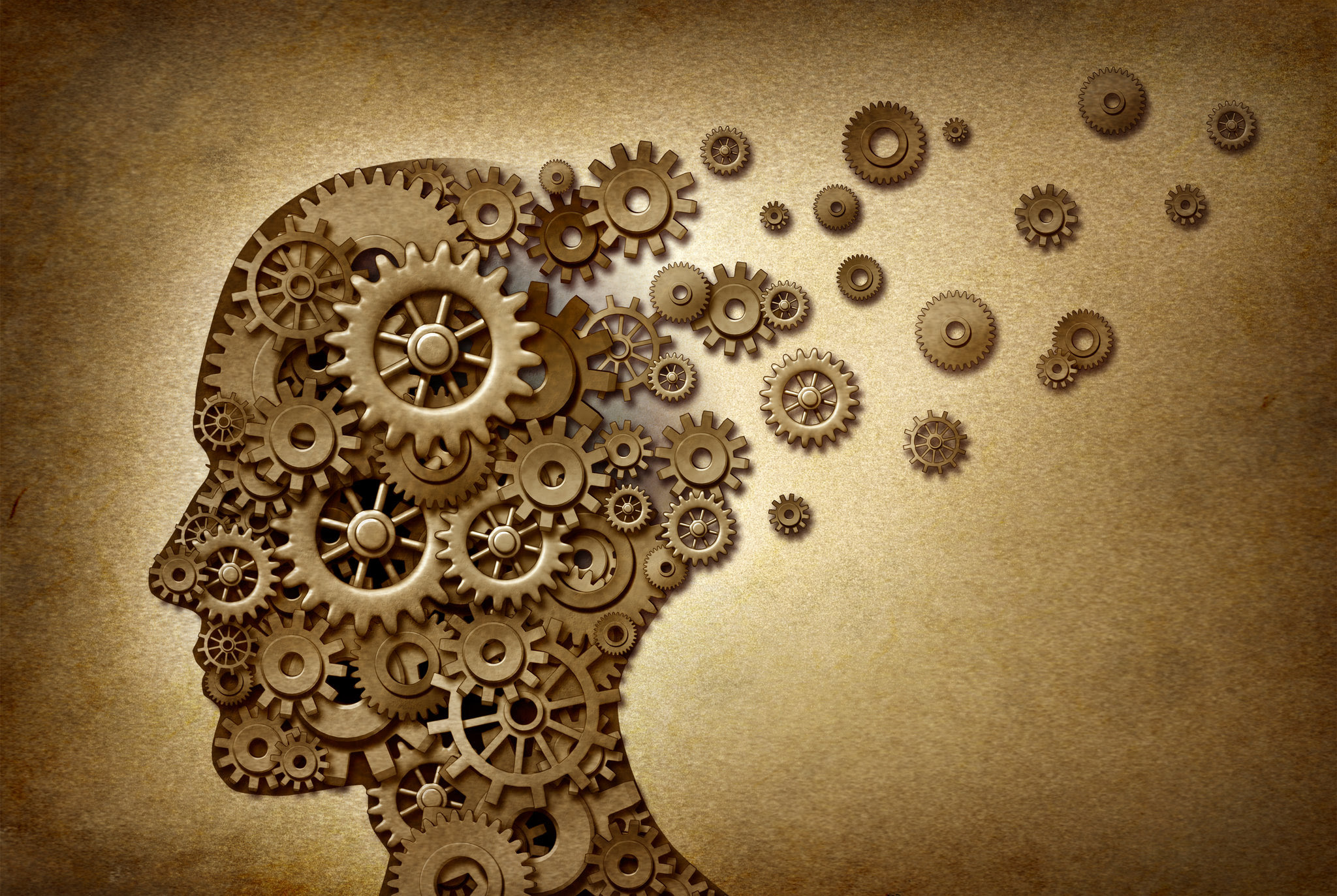HEALTH: Mental health is a problem that needs more attention.
By Chance Ornelas-Skarin, Staff Writer
From the diagnoses of many shooters, such as James Holmes and Adam Lanza, in the past year a connection was drawn that has been ignored. People have died from our society’s inability to help the mentally unstable. How are we supposed to stop mentally ill people from hurting others before they commit their crimes?
One major incident that occurred recently involved Senator Creigh Deeds. Over the course of several months, Deeds noticed odd behaviors in his son Gus. After finding gun references in his son’s journal, the senator obtained an emergency custody order to have his son psychiatrically evaluated. The mental health professionals who oversaw the evaluation determined that Gus was not suicidal and released him. However, the next night Gus stabbed his father in the face and chest, and then shot himself. While not all people who suffer from mental illness act out violently against others, Gus’ actions are just one example of how people who suffer from mental illness may spontaneously hurt themselves and others if they do not receive proper treatment.
Providing a larger amount of funding for mental health is one solution to reducing the occurrence of such tragedies. A study by Steven P. Segal of the School of Social Welfare at UC Berkeley reveals that a correlation between the amount of commitment made by state governments’ legislatures to deal with mental health and the number of homicides in each state per year. A summary of the document (by mentalillnesspolicy.org) explains that states more committed to mental health services had “1.42 less homicides per 100,000” people per year, while states less committed “were associated with increases in the homicide rates of 1.08 and 0.26 per 100,000” people per year. To give a hint as to how significant these numbers are, the average amount of deaths by homicide per 100,000 people is 5.3 (according to the Center for Disease Control); better commitment from the states decreased this homicide rate by 28 percent. Poorer mental health commitment from the states raised the amount of homicides by 5 to 21 percent.
The mentally ill are usually mentally isolated. Dr. Carl Bell, a psychiatrist and professor at the University of Illinois, described mentally ill murderers as “not exactly in touch with reality or things… they sort of treat people like plants. You know, it’s OK to water a plant whenever you want to. It’s OK to pull a leaf off a tree because the tree is not screaming and hollering.” As Dr. Bell made a point of metaphorically showing, the mentally ill often lose their sense of empathy. This scares the public, who associate the mentally ill with the psychopathic villains from horror films. These villains are extreme versions of those suffering from mental illness, and create as well as perpetuate stereotypes of the mentally ill.
If the idea of being mentally ill was not as taboo as people treat it then more of those suffering would get help for their disorders. Unfortunately, the mentally ill are generally not treated as victims of disease, but instead as odd and unappealing freaks. This public image affects those considering mental help. “People may be afraid that they are “crazy” or that others will look down on them for” their mental illness, reports Psych Central. The National Alliance on Mental Illness (NAMI) reports that 20 percent of people ages 13 to 18 “experience severe mental disorders in a given year.” So many people our age face mental issues. However, though great amounts of the people we interact with experience these afflictions, many will never tell us that they do. A lecturer on mental illness, Peter Byrne, states that “mental illness, despite centuries of learning and the ‘Decade of the Brain’, is still perceived as an indulgence, a sign of weakness.” Nobody wants to show weakness and because of this many will not reveal their mental illness, which is seen as weakness.
Among the group of mentally ill are veterans, who desperately need mental rehabilitation to help them transition back to civilian life. According to the American Psychological Association, 20 percent of veterans suffer from PTSD (Post-Traumatic Stress Disorder) or major depression from the horrors they witnessed in warzones. Even more disturbing is that 22 of these veterans commit suicide every day, according to the Department of Veterans Affairs. They risked their lives to take care of our country; it’s only right that we take care of them.
Mental illness is a pressing issue, hidden in the shadows because of insecurity—the insecurity of those afraid to seek help and the insecurity of those afraid to acknowledge mental illness. According to NAMI, “almost one-half of youth ages 8 to 15 with a mental illness received no mental health services in the previous year”. Those who go to school with us and hide their weaknesses remain victims. They would feel secure enough to admit that they are sick and begin their treatment if the general populace were less judgmental.
An economic change alone won’t solve everything. A social change needs to occur so that the mentally ill do not fear being open about their problems and feel more comfortable asking for help. If people change to help their fellow man, then maybe people will feel more comfortable in our society. As a result, the large percentage of people who don’t get help will decrease, and we will have a mentally healthier populace. Victims of mental illness make up a large portion of the population. They need well-funded facilities that can administer sufficient treatments and a society of people that does not stigmatize them.

